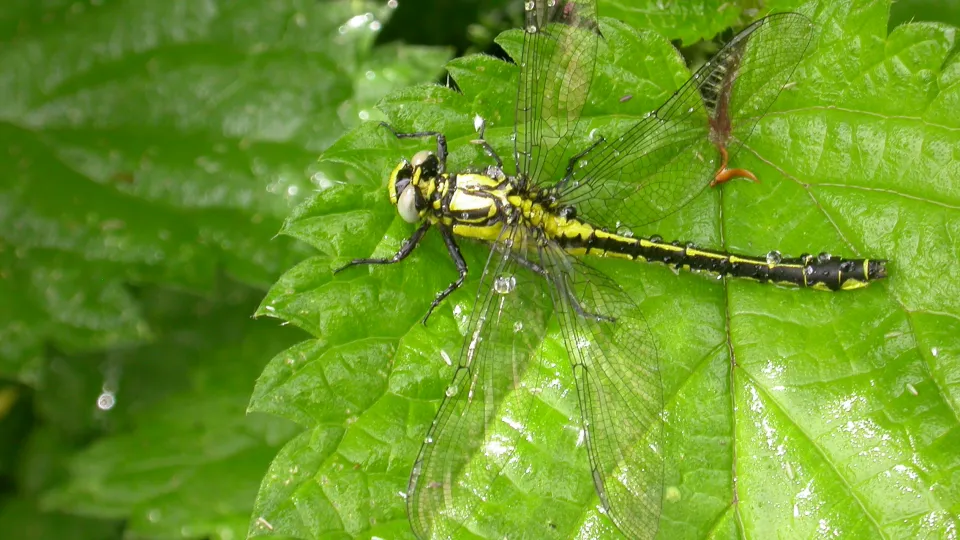
Common clubtail
The Common clubtail is on the wing in spring and summer. It is an elusive dragonfly that is easiest to see when it first emerges. It can be found along rivers in Southern England and Wales.

The Common clubtail is on the wing in spring and summer. It is an elusive dragonfly that is easiest to see when it first emerges. It can be found along rivers in Southern England and Wales.
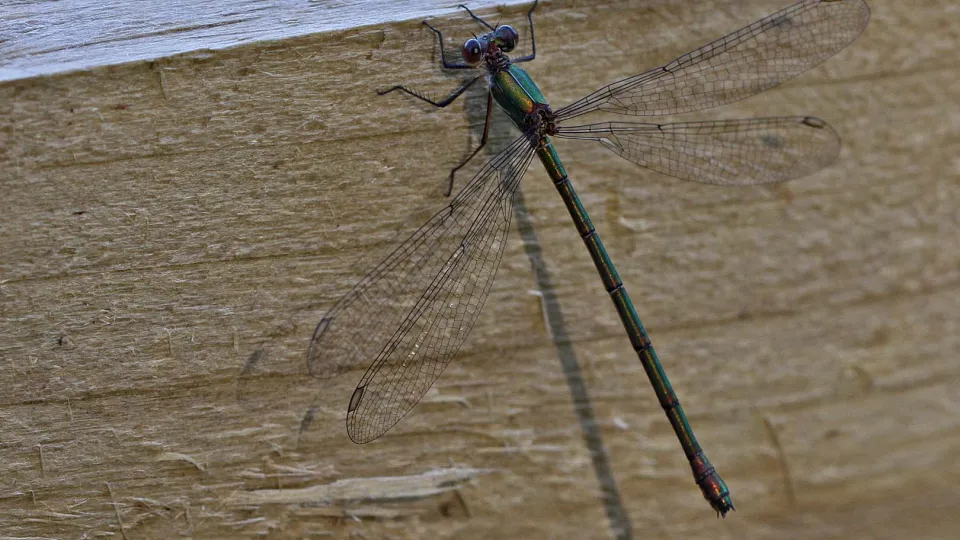
A recent colonist to South East England, the metallic-green Willow emerald damselfly spends much of its time in the willow and alder trees that overhang ponds, lakes and canals.

Beautiful demoiselle’s are, well, beautiful! Often confused for a dragonfly, these giants of the damselfly world are hard to miss with their metallic blue and green colours.

The Black-tailed skimmer is a narrow-bodied dragonfly that can be seen flying low over the bare gravel and mud around flooded gravel pits and reservoirs. It is on the wing from May to August.
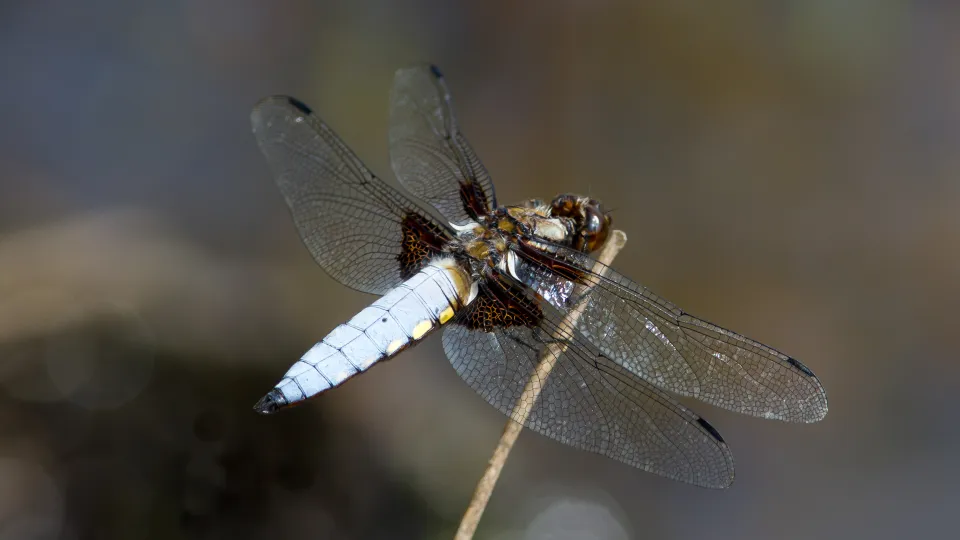
The Broad-bodied chaser is a common dragonfly that can be seen in summer around ponds and lakes, and even in gardens. It lives up to its name: its flattened body gives it a fat, broad look.

The Four-spotted chaser is easily recognised by the two dark spots on the leading edge of each wing - giving this species its name. It can be seen on heathlands and near ponds and lakes.

A voracious predator that will even eat other dragonflies, the golden-ringed dragonfly is the UK's longest species. It can be found around acidic streams in moorland and heathland habitats.
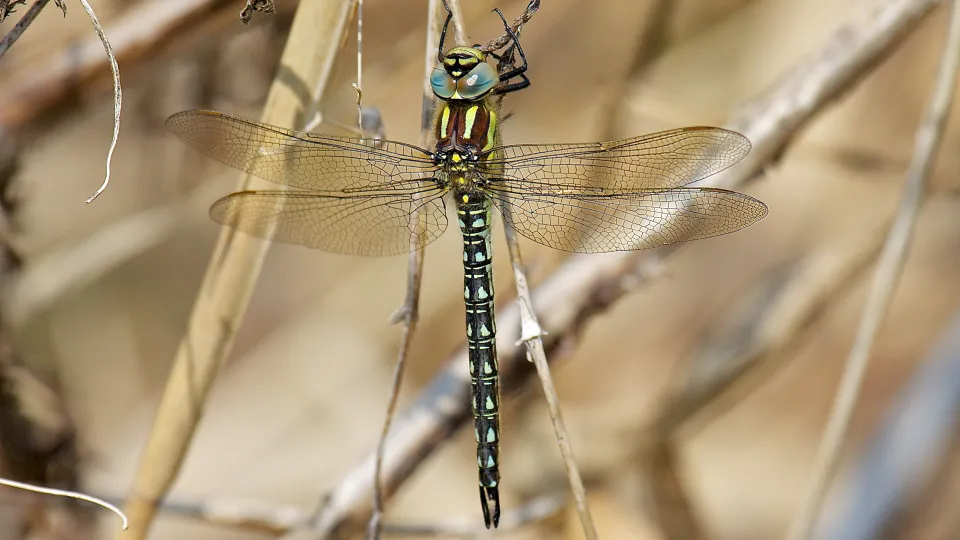
The UK's smallest hawker, the Hairy dragonfly is mostly black in colour, but has a distinctively hairy thorax. It can be found in grazing marshes and flooded gravel pits, and along canals from spring.
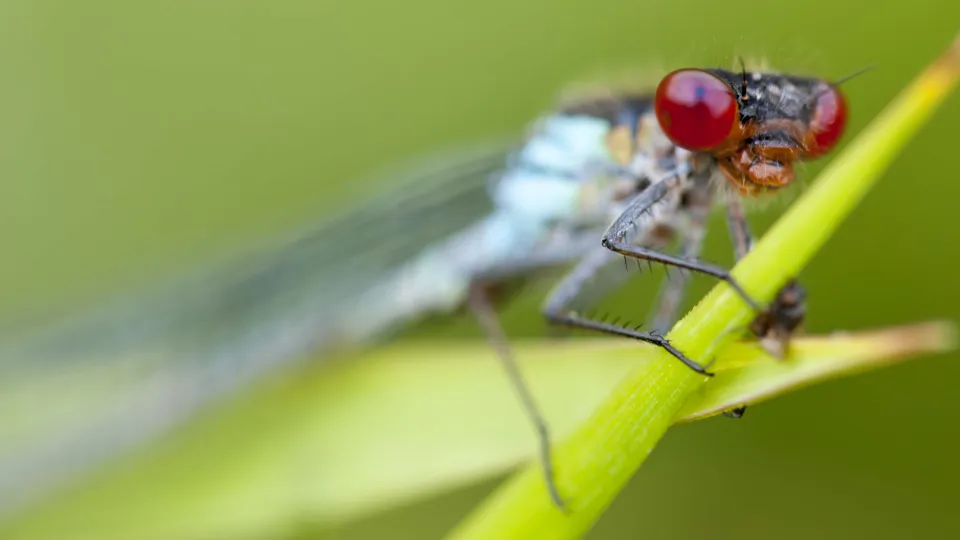
The Red-eyed damselfly is a small, but robust, damselfly of canals, ponds, lakes and slow-flowing rivers. As its name suggests, it has bright blood-red eyes, but a mostly black body.

The Blue-tailed damselfly does, indeed, have a blue tail. It is one of our most common species and frequents gardens - try digging a wildlife pond to attract dragonflies and damselflies.